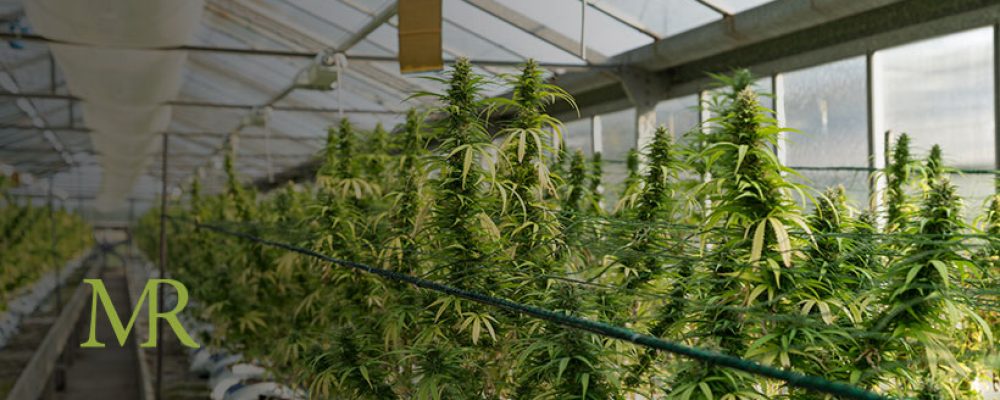Technological advances in agriculture are quickly finding their way into the commercial cannabis grow space, as more and more cultivators adopt new equipment to help monitor and care for their plants. Examples include sensors that optimize lighting and moisture levels, new pesticide products without harmful chemicals, as well as climate control systems that set a room’s temperature and humidity according to the plants’ needs. These sensors and systems can also be controlled remotely via a smartphone to adjust settings as required.
The Source in Las Vegas is one such commercial cannabis grow operation that’s installed water sensors to collect data on moisture content to best inform how much irrigation is required. If the sensors – which cost around $50-$100 a piece – find that some of the plants are getting rather thirsty then Bill Campbell, the company’s director of cultivation, receives a notification. Before, laborers had to check each plant individually and estimate whether and how much water was required. Campbell reckons the technology helps him save around 300 gallons of water a day and claims the sensor’s precision has led to increased yields and more intensive terpene and cannabinoid production. But he says the benefits extend beyond saving money and boosting crop size and quality.
“We’ve dropped our water usage by almost 60% since we started the sensors. For me, it’s an environmental benefit,” he said.
HillviewMed, a vertically integrated cannabis and hemp company based in New Jersey has gone even further in its implementation of grow assist technology. It uses sensors that collect data from the roots up to the leaves throughout the plant’s life cycle. Cultivators can then assess and interpret the data to make various decisions on how much light and nutrients the plants need.
“Everything’s data-driven now,” said HillviewMed CEO Kenneth VandeVrede. “We build our facilities and assets so our growers can use data as tools to grow.”
Chalice Farms, a marijuana grower in Oregon, not only uses temperature and humidity sensors but also anemometers for its outdoor plants to measure wind speed and direction. The site’s chief cultivator, Derek Rayhorn, expects to add soil moisture and fertigation sensors to the company’s technological repertoire in years to come to further drive down labor costs.
“A worker would be watering plants all day long, and you could have the employee doing something else such as plant maintenance or cleaning,” Rayhorn said. “Watering is something that really needs to be automated.”
And it’s not just sensors that are helping marijuana farmers to tend to their plants. Steve Lopez, the CEO of Green Solution in Denver, said his company has just bought $5 million of energy-efficient LED lights to make the switch from high-pressure sodium bulbs. Since LEDs don’t give off anywhere near as much heat as sodium bulbs, Lopez says the company no longer needs to make as much use of its HVAC system to keep the air cool. What’s more, since installing the new LEDs, marijuana yields have doubled.
“With these lights, we’re really going to hit our maximum potential and maximum yield,” Lopez said.
Remote technology also allows marijuana growers to adjust the height of lamps by smartphone for optimal light exposure, based on a particular strain’s needs and growth patterns. Sativa, for instance, tends to grow taller than indica strains, so now it’s easier to have the two types growing in the same room with the lights positioned at the appropriate distance from the plants.
But agricultural innovations aren’t all about electronic applications. SugarTop Buddery in Oregon is pioneering a new product to keep pests at bay which doesn’t contain harmful chemicals. The all-natural solution has antiviral, antifungal and antipathogen properties that prove just as effective as standard pesticides.
“It’s been extremely exciting for us to not use harsh chemicals knowing there’s something that will have efficacy when we apply it. We’re very proud to say we haven’t used traditional pesticides,” said SugarTop Buddery CEO Anna Kaplan.
And since Kaplan’s spray isn’t oil-based, like most pesticides, there’s no need to cover and protect expensive farming equipment which could otherwise be damaged. In fact, the solution has proven so effective, Kaplan says they use it not only as spray on marijuana plants but also to clean the entire grow room instead of bleach.
“We apply it as a fog weekly just as a preventative house measure,” Kaplan said.


